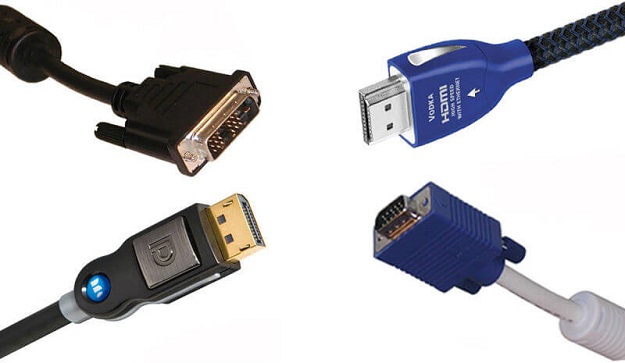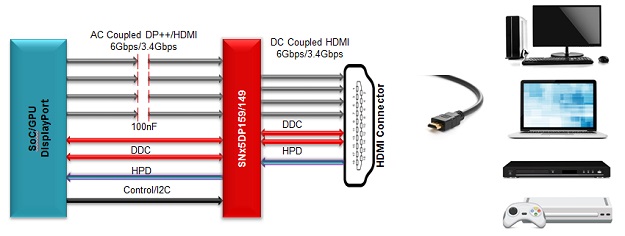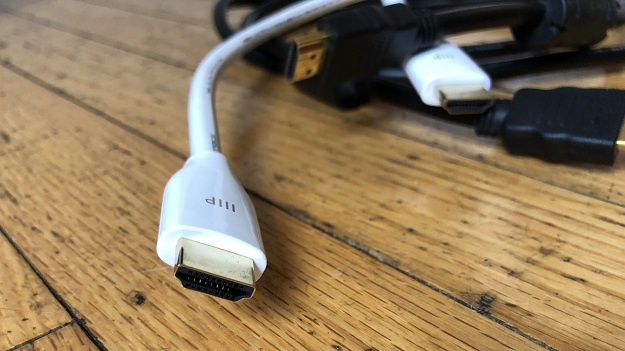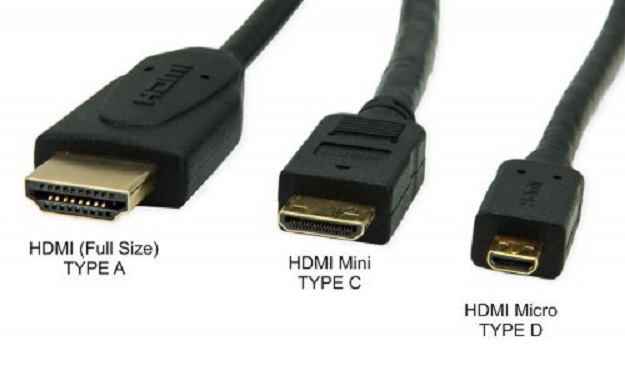HDMI cables are one of the most versatile cables in tech, able to work with many devices. But what is an HDMI cord? And what are they used for? Here’s your guide.
Most media devices in your home use an HDMI cord to transmit data. But, what is an HDMI cord and what is it used for? In this article, you will learn about the different types of HDMI cables, how they are used, and why HDMI is the standard for your home media devices.
HDMI cables can be made by a wide range of manufacturers, but, they all adhere to the standard HDMI certification. HDMI cords connect your media device to your tv and facilitate the data transfer between the two.
Don’t Miss –
What You Need to Know About USB C Cable Connectivity
USB Type C – A Brief Overview You Must Know
Types of HDMI Cables
The type of HDMI cable you use will have a big effect on improving the technology of your home.
There are four basic types of HDMI cables. Read more here on how choosing the right HDMI cable is determined by the needs of your connected media player device.
The most widely used HDMI cord is the standard HDMI cable. It transmits in 720p and 1080i, which is the standard resolution of cable and satellite video. Standard HDMI cables are inexpensive and universal to any device with an HDMI output or input.
HDMI Ethernet cables are the same as standard cables, but with an added function. They have a dedicated line for handling Ethernet connections, such as would be necessary for internet streaming between your computer and your TV. Make sure that both devices are ethernet enabled if you want to use an HDMI cable with ethernet.
The third type of HDMI cable is lesser known. An automotive HDMI cable is used to connect a device into newer cars that have an HDMI port. The cables are specifically designed for high temperatures and extreme vibrations that occur while driving. This type of HDMI cable also includes a secure connection for interfacing with the cars onboard computer.
If you want to upgrade the quality of your home theater experience, get a High-speed HDMI cable. High-speed HDMI cables are needed for Blu Ray players, 4k TVs, and 3D media. Some include ethernet connection capabilities, making them the right connector for devices that connect to the web. High-speed HDMI cables transmit stunning 1080p resolution and above.
This type of cable will improve the deepness of color, smoothness, resolution quality and audio quality.
Why You Need an HDMI Cord
If you are building a home theater or upgrading your existing entertainment system, don’t overlook the quality of your HDMI connections. The right cord will enhance your multimedia experience, but the wrong cord can degrade it.
To fully understand the necessity of HDMI, you need a little background context. In the beginning, television was viewed through, what is now called, standard definition. The standard definition consists of a square image with a 4:3 aspect ratio.
Standard definition picture resolution is 704 by 480 pixels, which is significantly less than the current standard of 1080p. Standard definition has a resolution limit due to the analog signals data transfer capacity.
When media devices made the switch to digital signals, the data transfer capacity increased, allowing for more image data to be processed. This leads to high-definition images, and the older standard of 720p resolution.
A high-definition television transmits and receives digital signals through cables that connect it to a transmission device. The transmitter is a DVD player, blu ray player, cable box, or anything else that sends audio and video data to your TV.
High-definition originally connected to a transmitting device via component cables. Component cables are still used sometimes. They are the red, yellow and white-headed cords that input to the corresponding colored slots in the back of your tv. Older flat-screens and HDTVs might not have an HDMI input but instead, feature component inputs.
Even if your TV does not have an HDMI input, you can get an HDMI to a component cord, with the red, yellow, and white component connectors on one end and an HDMI connector on the other end.
HDMI vs Component Cables

HDMI capabilities make it possible for modern HDTVs to feature 1080p resolution. Component cables can only handle enough image data for up to 720p resolution. HDMI cords are purpose-built for transmitting high-definition data. This also makes a huge impact on the sound definition quality of digital media, as well.
Your home theater is only as good as the weakest piece of equipment, which includes cables.
You can have the best and biggest 4k TV in the world, complete with a 7.1 home theater sound system, but it’s all for nothing without cords that can transmit the high-definition multimedia media data without loss.
A video is just a compilation of thousands of still image frames. Like a flipbook, the image moves when each image is shown at speed and in sequence. With the standard definition, each frame suffers a loss of about half of its picture. To pause an SD movie, the picture looks quite blurry, due to the picture loss.
HD Media Resolution
Unlike standard definition, HDMI cords allow for high-definition signals to transmit each frame progressively, in the pictures entirety. Pausing an HD video will show the frames picture without any loss.
While in motion, the video looks twice as clear and detailed. HDMI can transmit more data, faster, so the picture on your TV has more colors. The sound coming from your speakers is more rich, crisp and clear.
So, overall, you need an HDMI cord to unlock the true potential of your home theater equipment.
Otherwise, component cords cannot transmit the data to your TV, being output from your media player device. An HDMI cord is used to speed up and enhance your media, by replacing your analog data transmission.
What is an HDMI Cord?
HDMI stands for High-Definition Multimedia Interface. Overall, HDMI cables are simply better at transmitting multimedia data signals between devices.
A standard HDMI cord supports 1080 pixel signals and eight uncompressed audio channels. It communicates HD audio to a 7.1 surround sound home theater system.
HDMI Signals

All HD TVs and smart multimedia devices are designed to transmit signals digitally. HDMI cords are built to accept digital signals automatically. Before HDMI, the analog-to-digital conversion took place, en route from the transmission device to the viewing device.
HDMI cords transmit the digital signals without loss or conversion.
HDMI Security
HDMI includes protection against piracy, by incorporating authentication protocols in any HD device or HDMI cable. In a similar way to how passwords are encrypted in your web search browser, high-definition multimedia information is authenticated and encrypted by your TV or viewing device. HDMI cords are designed to maintain the integrity of the encrypted data is transferred.
HDMI Connections
Of course, an HDMI to HDMI connection is the best means by which to transmit high-definition multimedia data. But, if part of your home theater setup is retro, you can easily get an HDMI connector or adaptor.
Component connectors have three channels: audio, video, and luminescence. DVI connectors consist of 29 pins, and the head of the connector attaches to an input with two little screws. This is a common input on desktop computers from the early 2000’s. You can connect HDMI to DVI with a passive adaptor.
An HDMI cable is built for one of two connection speeds: 74.25 MHz, or 340 MHz. The best HDMI cables for home theater entertainment are the latter. The faster your transfer connection, the better your audio and video will synchronize.
HDMI Certification
When you see the HDMI logo on a product, that means that it has been tested and certified by HDMI inc. HDMI certification means that the product complies with all the necessary standard requirements and has passed testing.
Products that have not been certified by HDMI inc., are not permitted to be mass produced to carry the HDMI trademark. Manufacturers become an HDMI adopter by going through and passing HDMIs’ adopter certification training course.
Final Thoughts on HDMI Cords
Without HDMI cords, you would be stuck with poor image resolution on your HDTV. Analog component cables simply are not designed to transmit digital signals with enough efficiency.
HDMI cords enable TVs and multimedia players to communicate without image and audio degradation, or quality loss.
Find more information on home theater hardware, HDTV technology, and more on our blog. We constantly keep up-to-date with the most recent trends in the world of technology and home entertainment.
If you began this article wondering, “what is an HDMI cord?”, now you know. It’s how your HD-movie shows up on your HDTV without losing data or image quality. Feel free to leave comments or questions about the information above. Thanks for reading!


